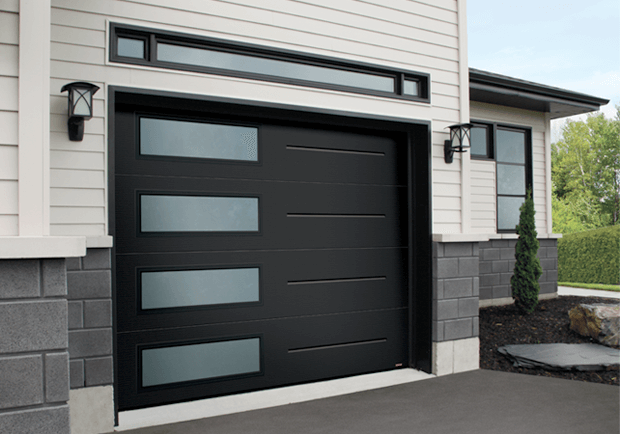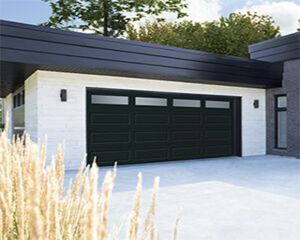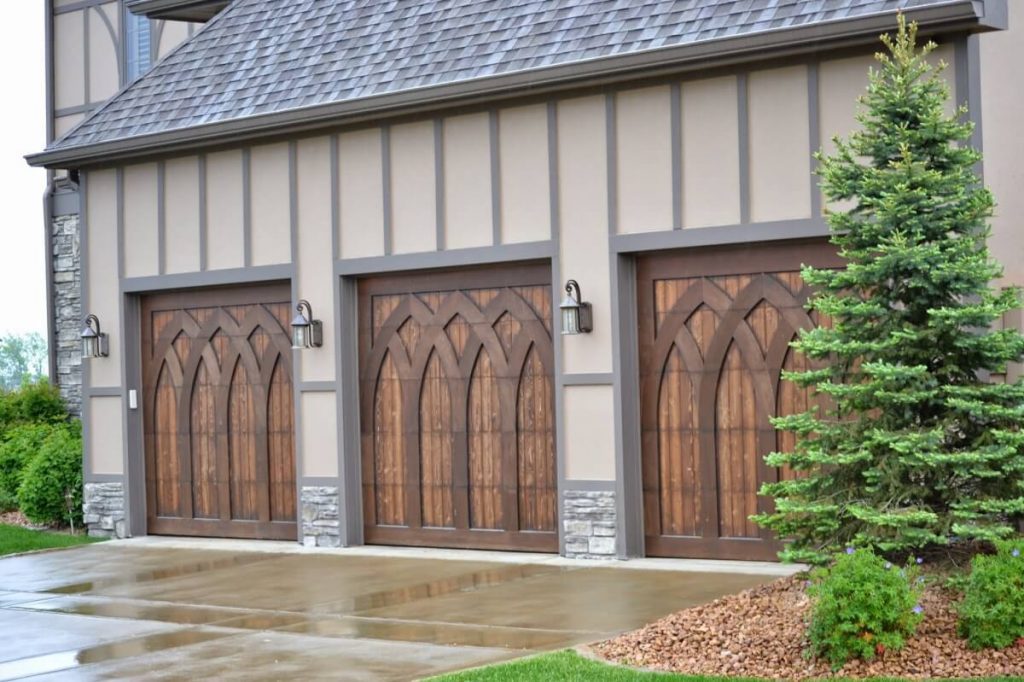Examining The Most Popular Garage Door Styles
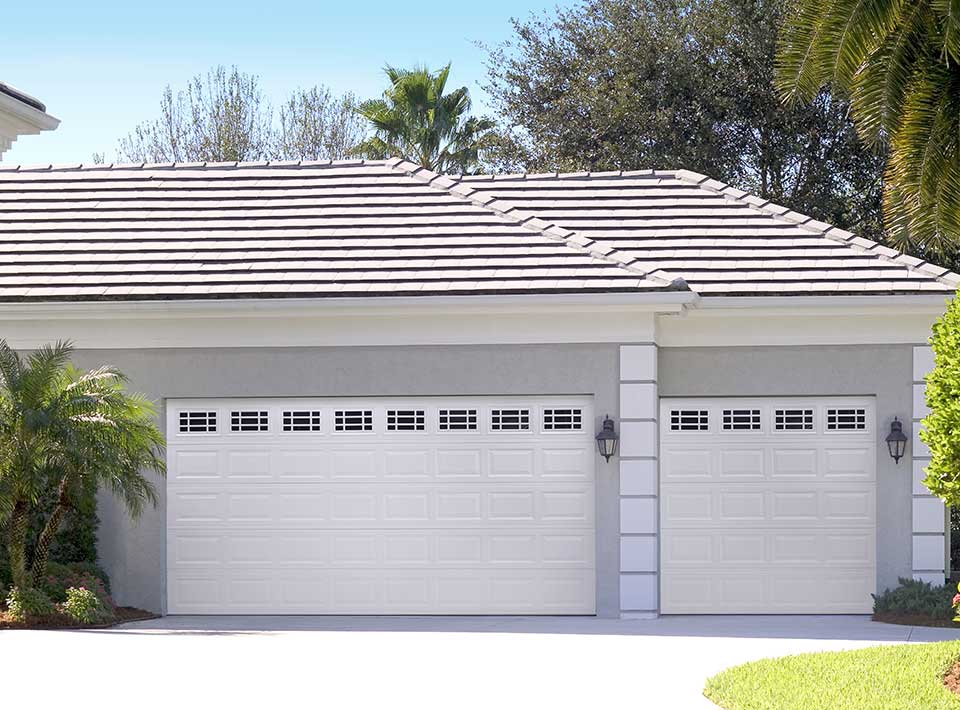
Examining The Most Popular Garage Door Styles Examining The Most Popular Garage Door Styles A carefully selected garage door can make a huge difference in your home’s curb appeal as well as resale and security. Let’s examine the six most commonly used kinds of garage doors available and how each has its advantages. We’ll also […]
A Comprehensive Guide to Garage Door Openers
A Comprehensive Guide to Garage Door Openers A Comprehensive Guide to Garage Door Openers You are probably aware of how garage doors can be among the biggest moving parts of a home. It’s no secret that garage door openers with electric motors have been beneficial to homeowners since they first developed in 1926. But, as […]
Garage Door Sensor Out of Alignment? Found Out How You Can Tell
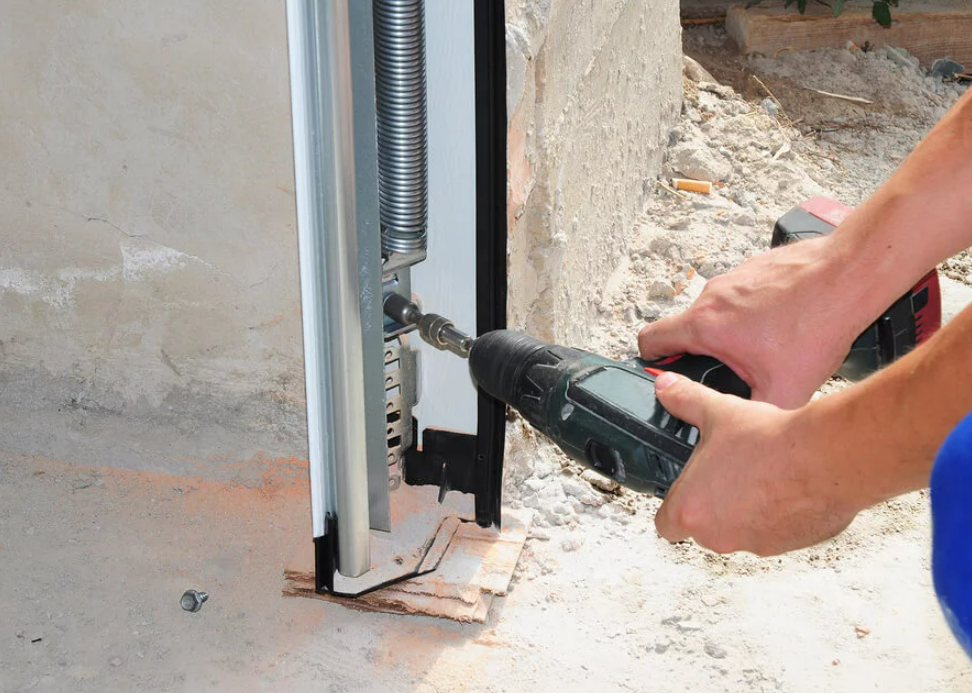
Garage Door Sensor Out of Alignment? Found Out How You Can Tell Garage Door Sensor Out of Alignment? Found Out How You Can Tell The safety sensor for your garage door is the reason why your garage door can reverse whenever something is blocking the door. If it is misaligned, your garage door may not […]
How Long Do Garage Doors Last?
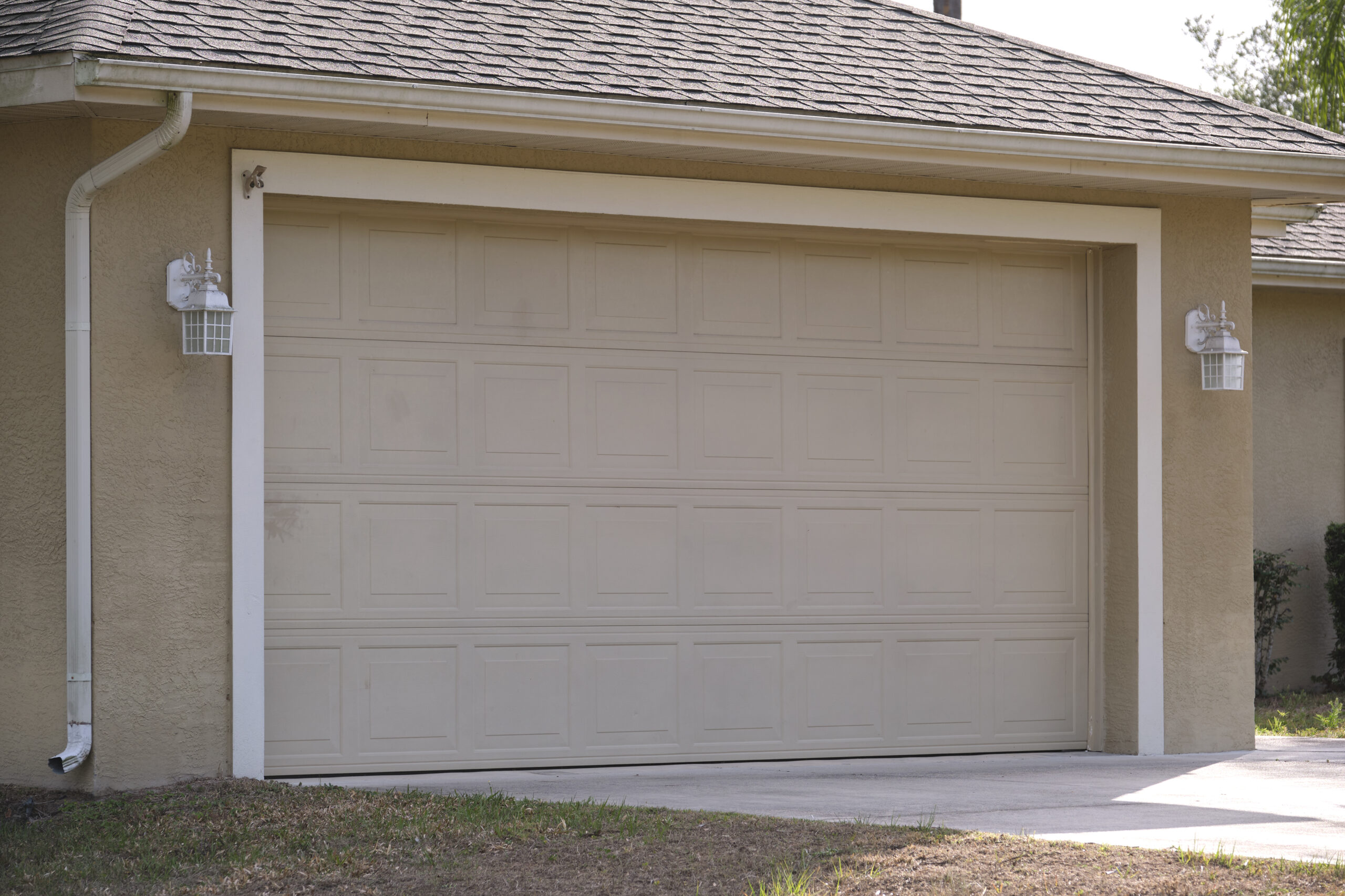
How Long Do Garage Doors Last? How Long Do Garage Doors Last? Garage doors are a thing that most people don’t give much thought to. This is until there is a problem with their doors. A garage door that isn’t able to open or close could make you stranded without a car, or it could […]
Fixing Broken Garage Door Springs
[youtube http://www.youtube.com/watch?v=xI3yfyb6tc0] Watch this video and learn all about broken garage door springs. You will not be able to have a full functioning garage door if you have a broken garage door spring. So if you need help repairing a garage door spring, contact us right away! Las Vegas: 702-637-2700 Or: Visit us at – […]


